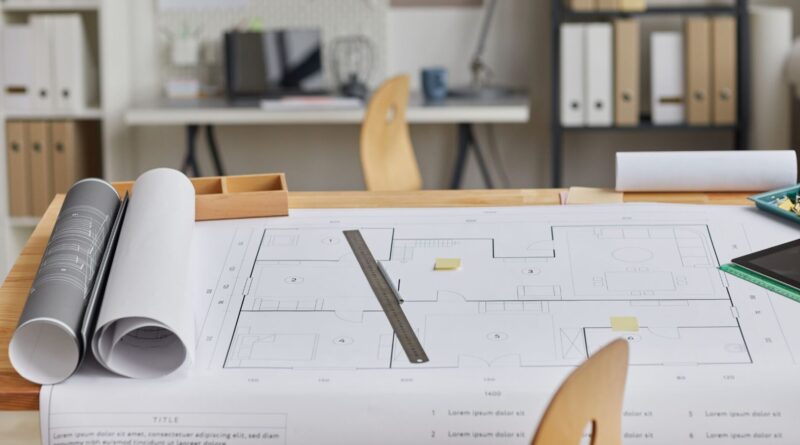Five factors to keep in mind while renovating commercial office interiors
Commercial office space escalates and breaks the regular work culture stereotype to create sturdy and vivacious spaces that are functional, user friendly, and most significantly it needs to connect with people’s needs and desire with creative and innovative design ideas. Interior designers in Bangalore do innovative space planning according to the user interphase and client requirement, most significant factor when you renovate an office space is to analyze the brand and study the brand guidelines, This helps the designer to create spaces according to clients aspirations. Before getting into design, understand the space orientation, the light and shadow falling on the building and its impact, this helps to come up with a comfortable spatial planning, where they feel comfortable and relaxed.
Let’s get into the five factors to keep in mind while renovating office interiors:
Analyzing the space
The initial milestone of a design is to analyze the space, understand the neighborhood, design requirements; Foot flow of people, and existing site elements, these factors play a significant role. The interrelation of physical built space through unified visual storytelling facilitated by the composition of color, imagery, form, technology, and content, plays a key role in how people use, navigate and experience the built space environment. Understanding the space will help you design better with creative ideas, color selection of the space, and all the other significant factors depending on how you understand and study space.
Recognize the users
When it comes to user-interphase, it plays a major role in design development, recognizing the users involve the age group of people, characteristics of work, and age group. This gives a holistic understanding on how to execute the design, selection of color, material, zoning of space, and other major design criteria. User analysis takes up the major role before spatial planning.
Establish territorial requirements
Personal space, privacy, interaction, Accessibility, and security are the major territorial requirements that influence the design. This is where the user interphase and footfall play a significant role.
Spatial Planning
Spatial planning in commercial interiors is about how you plan your space by understanding the user interphase and footfall of people. Planning a space brings in a lot of changes to the space, especially when you design spaces such as workstations, etc. understanding human anthropometry is a significant criterion for a design. The space needs to be functional and user-friendly. Design arc interiors deals with great space planning projects when it comes to commercial office interiors.Next comes the choice of furniture and other décor elements, adapting minimal and movable furniture advised to use commercial office spaces. This gives the space a very minimal and spacious look. The choice of inappropriate furniture makes the space look more congested and claustrophobic. Office planning needs to have more breathing space because a large population work under one roof and it needs to be properly ventilated and free spatial movement is required. These criteria in spatial planning help to create a unique and comfortable workspace.
Form & Style
Form is all about the shape of the space or understanding in what alignment you need to plan your space, always make sure you utilize the space to the maximum. Analyzing the form and developing a style is the next immediate step that comes after spatial planning. Creating a form is about the shape and volume of the space, the way the designs are added to it gives a style of its own, and the design can be implemented by adapting the ideology of the brand and its guidelines. The design can be framed through decor, light, and shade, Most of the interior designers in Bangalore play around with these elements with commercial interiors.



